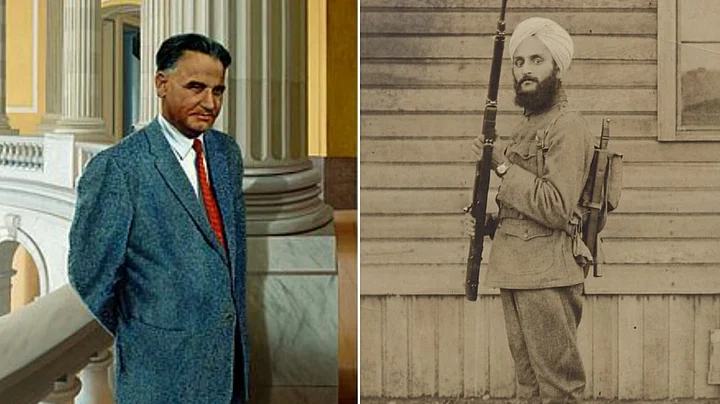CAAM co-produced PBS documentary series 'Asian Americans' emerged a winner in the Peabody awards this year. The documentary series focuses on Asian Americans, their lineage, and history.
The documentary makes an effort to understand the role of Asian Americans in the American society and how the ones who came in to make rail roads went on to become American citizens.
"Asian Americans continued to fight for justice in the courts, at the ballot box, in the streets, the fields, on campuses and in the culture. We’re fighting today. That’s the story we wanted to tell."caammedia.org
The Peabody Award is very prestigious in the world of broadcast journalism and the documentary series being rewarded is yet another step towards the recognition of the struggles of Asian Americans as workers and as citizens.
Indian Americans constitute a substantial part of Americans of Asian descent. Indian Americans, though only one percent of the US population, is a growing community and one whose average income is higher than the national average. But their struggles are far from over, although some have ensured that the extent of these struggles narrow with time.
The PBS documentary focusses on two such Americans of Indian origin. Both Dalip Singh Saund and Bhagat Singh Thind hailed from Punjab province of British India, both came to the States to study, both made the US their home. Another similarity between them is that even though they were the firsts and made history, they struggled to obtain the US citizenship which at the time was reserved for the "Caucasians or Whites".
Dalip Singh Saund
Dalip Singh Saund was born in the Punjab province of British India. A Sikh by birth, he became the first Asian, the first Indian American, and the first of a non-Abrahamic faith to join the US Congress.
Dalip Singh came to the US to study and wished to return back to his home country India. However, his vocal comments about the British empire in India led the British to keep a tab on him – a reason that compelled him to stay back in America.
"I assured my family that I would study in the United States for at least two and not more than three years and would then return home."Dalip Singh Saund in a 1960 autobiography entitled Congressman From India
America was not very friendly to the non-White people at that time. He applied to become a naturalised citizen and after years, he finally attained US citizenship in 1949 and then ran for the Justice of Peace, California elections. Although he was elected, he was not allowed in office owing to the fact that he was not an American citizen for more than a year. He was elected again to office the following year.
On 3 January 1956, he was elected as Congressman, creating history as the first Indian Congressman in the US. He was in office for three terms till he suffered a stroke that left him invalid till death.
Saund worked effortlessly for the cause of naturalisation of South Asians. He worked for the Black community's right to vote as well. It is said that he used to fly back to his constituency in California's 29th district and inform his constituents about what happened in the Congress. He was one such figure that broke the glass celling and inspired many more to do the same. A lot of comparisons were made with Saund's legacy when Kamala Harris became the first woman of Asian origin to become the US Vice President.
Bhagat Singh Thind
Bhagat Singh Thind, now referred to as an American spiritual writer was not just once but twice ripped off of his US citizenship. Thind came to the US from India to pursue higher education.
Shortly after moving to the US, he was enlisted into the army to serve in the World War I. He was the first turbaned man to be recruited in the army and was promoted to the post of acting sergeant. But despite his “excellent” work, he was not considered a US citizen for almost two decades after the war.
At that time, only free White men could be US citizens. The first time Thind was deemed a citizen was for only four days in 1913. The second time, Thind fought for his citizenship and moved the US Supreme Court.
The Supreme Court ruled against him, however his case became a landmark for Asian Americans. It was only after the third attempt and passing of the Nye-Lea Act, that Thind was granted citizenship. The Act made World War I veterans eligible for citizenship. It took him nearly two decades to obtain citizenship from his first attempt at naturalisation.
Bhagat Singh Thind made history with his case in the Supreme Court and as the first turbaned person in the US army.
